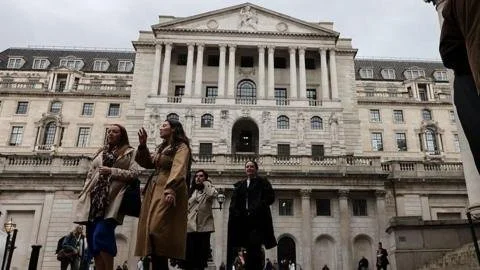Is the UK Facing an Inflation Crisis? Unpacking the Surprising Economic Indicators
In a startling turn of events this May, the UK economy witnessed a notable slowdown, quickly followed by an unexpected rise in inflation that has captured the attention of markets and consumers alike. While the economy began the year with apparent strength, the latest figures indicate that inflation will remain well above the Bank of England’s target threshold until autumn, confirming the mundane challenges consumers face daily amid ongoing price hikes and an uptick in food costs.
The unexpected rise in inflation throws a wrench into the Bank’s plans to reduce interest rates, which many investors anticipated would drop from 4.25% in August. Some economists, including former rate setter Andrew Sentance, argue that cutting rates now would be irresponsible, suggesting that the Bank must tread cautiously through these unexpected economic shifts.
Despite the challenges, expectations linger for a rate cut in August, with speculation of another reduction later in the year. However, the Bank will need to justify looking beyond the current inflation increase to address long-term goals of reaching a 2% target. This situation revives intricate discussions about the UK’s inflation dynamics, potentially attributed to rising wage and tax costs that are pushing prices higher.
As discussions evolve, the jobs market plays a significant role, with upcoming employment data anticipated to reflect a falling number of vacancies and an increase in the unemployment rate. Bloomberg forecasts that the unemployment will rise to 4.9%, up from 4.6% last month. Nevertheless, it is crucial to keep this data in context: other major economies, including the eurozone with its mere 2% inflation, seem to have avoided such inflation spikes. Although growth appears to be slowing, the economy has not officially entered recession, and recent activity indicators hint at recovery in several sectors, dispelling fears of an impending economic crisis.

